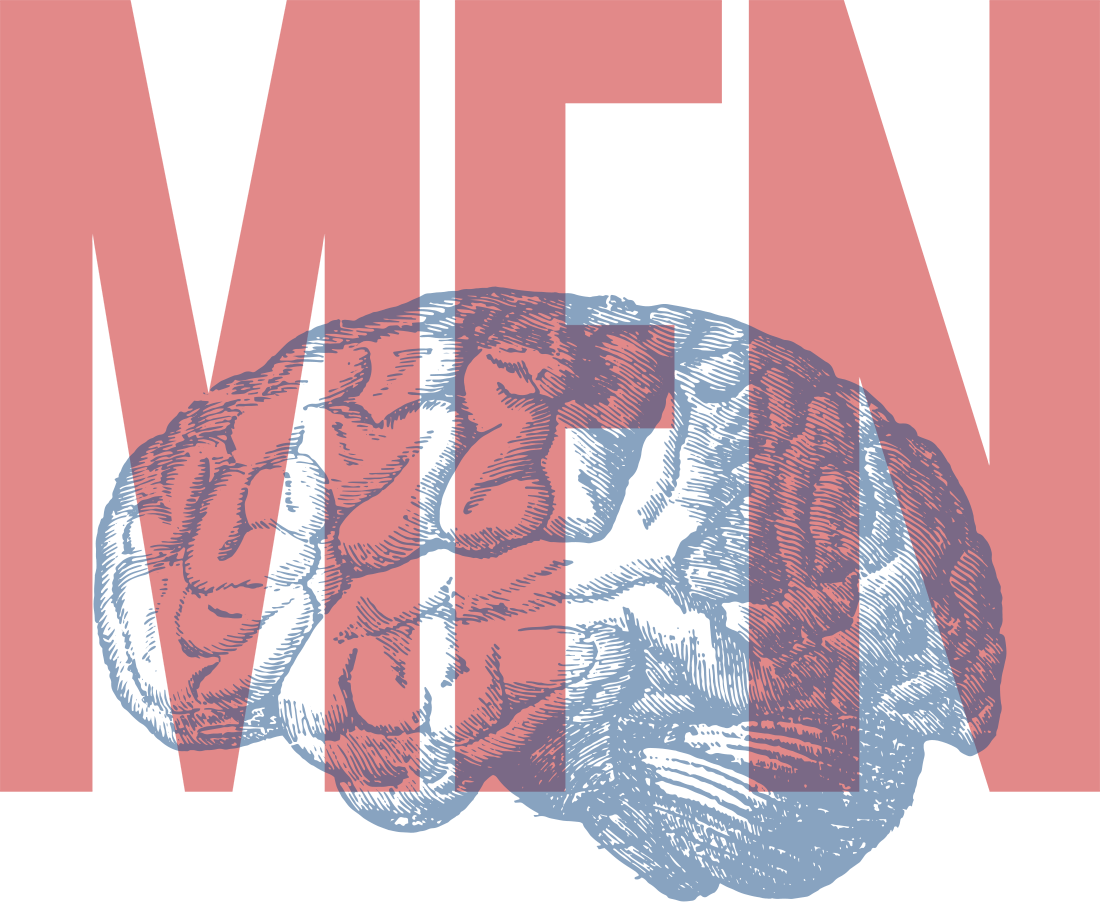Welcome to Kairos Counseling
YOUR HEALING
JOURNEY
STARTS
NOW
About
us

LOCAL SPOTLIGHT: Catherine Franklin, MA, LMAC
Let's Talk Pain Management
By:Catherine Franklin, MA, LMAC
For hundreds of years’ people have used essential oils, herbs, resins and alternative forms of therapies as natural pain relievers and to heal all forms of trauma, physical and psychological.
Modern day researchers have not fully explored these options, but admit that there is evidence that suggests that certain remedies can help, and many people may find them useful. With the opioid crisis being the number one cause of addiction, it is of major importance that we remain mindful of what we are putting in our body through the course of trying to heal from physical injuries or dealing with emotional bullshit that may lead to self-medicating by the way of street drugs. Three common mental health disorders associated with substance abuse are Anxiety, Depression, and Bipolar Disorder.
Opioids are a class of drugs that include heroin, synthetic opioids such as Fentanyl, and pain relievers available legally by prescription such as OxyContin, hydrocodone (Vicodin), codeine, morphine and many others(NIH). The medications are often prescribed when a person is experiencing pain. The problem with these medications is that they are highly addictive and even when prescribed by a medical professional still have adverse side effects. For example, Fentanyl is a powerful synthetic opioid (80 times more potent than morphine) that since 2013 has driven the rise in opioid overdoses! In 2013 and 2014 The National Survey on Drug Use and Health reported that 50.5% of people who misused prescription medication got them from a friend or relative for free, only 22.2% got them from a medical professional. Although those stats are old, imagine the numbers now. The miseducation, misunderstanding, or complete lack of knowledge of the effects that these drugs have on our brain when abused can definitely be the difference between life or death.
CRASH COURSE – People that use opioids or other drugs, their tolerance increases (the body adapts to the presence of the abused drug), the person requires more and the need increases over time, rather you want it to or not as physiological changes are happening in the brain. Many are not able sustain their need for the drug either financially or they lose access to the source for the drug which often leads to a downward spiral. When without the drug the body begins to go in withdrawal. The withdrawal period can be very intensive which consequently is what causes one use again to offset the withdrawal. Even withdrawal can be deadly for some. ( This is a conversation for another time!)
KEEP IN MIND TOO MUCH OF ANYTHING CAN BECOME PROBLEMATIC!!!!
It is often much easier to access Over-the-Counter medicine such as Alieve, acetaminophen, Motrin, which are all effective pain relievers, but anything used over a significant amount of time can either lead to dependence or addiction, and non the less cause adverse side effects.
The article to which I obtained this information, will outline 12 different ways to assist with managing pain. The article has included scientific studies that will help those who desire a more clinical approach to healing to better understand the benefits of herbal healing . It is my hope that if you are suffering from any sort of pain or know someone that is, you take a deeper dive into the list that has been provided and incorporate them into your daily routine.
1. Lavender essential oil
Inhaling lavender essential oil may help relieve pain and anxiety.Lavender essential oil may help relieve pain naturally. People use lavender oil for pain relief, to help sleep, and to ease anxiety.A small-scale 2012 study found that inhaling lavender oil may relieve pain associated with migraine headaches compared with a placebo. Some research also suggests that lavender oil has pain-relieving, anti-inflammatory, and antioxidant effects in animals.
2. Rosemary essential oil
Rosemary is another essential oil that may relieve pain.Some researchers state that the rosemary plant, Rosmarinus officinalis L., may help treat headache, muscle and bone pain, and seizures. Rosemary may also reduce inflammation, relax smooth muscles, and boost memory.Dilute essential oils in a carrier oil such as olive oil. Use three to five drops of essential oil for each ounce of carrier oil.The researchers suggest that the herb acts on receptors in the brain called opioid receptors, which are involved with the sensation of pain. A 2013 clinical trial found that rosemary oil reduced pain in people experiencing opiate withdrawal.
3. Peppermint essential oil
Peppermint oil comes from the Mentha piperita L. plant.Some research suggests that the peppermint plant has anti-inflammatory, antimicrobial, and pain-relieving effects. The active compounds in peppermint oil include carvacrol, menthol, and limonene.People often use diluted peppermint essential oil as a topical treatment, meaning that they rub diluted oil into the area that feels achy or painful.One 2015 review notes that people have traditionally used peppermint to relieve painful spasms and problems associated with arthritis.The researchers also report that applying peppermint oil to the temples and forehead may relieve tension headache pain.
Avoid putting peppermint oil on broken skin. It can cause allergic reactions, so do a spot test before using peppermint oil on a painful area. Do not use peppermint oil around children.
4. Eucalyptus essential oil
The final essential oil on this list of natural ways to relieve pain is eucalyptus oil. This herbal remedy from the Eucalyptus plant may help reduce pain, swelling, and inflammation in the body.One 2013 study found that inhaling eucalyptus oil relieved pain compared with almond oil. Participants inhaled eucalyptus oil for 30 minutes per day for 3 days. They were all recovering from knee replacement surgery.Do not use eucalyptus oil around children or pets. Eucalyptus can trigger asthma. It is important to dilute it in a carrier oil before applying topically.Also, so not diffuse eucalyptus in public. Eucalyptus essential oil is toxic if a person swallows it. Do a spot check to be sure that the skin is not going to react to eucalyptus applied topically.
5. Cloves
People have traditionally used cloves, from the Eugenia caryophyllata plant, as a home remedy to relieve pain from toothache.A 2006 study found clove gel to be as effective as benzocaine gel, which is a topical gel that dentists often use to reduce needle pain.The researchers applied clove, benzocaine gel, or a placebo to the inside of the participants’ mouths. They reported lower levels of pain with both clove and benzocaine gels, but not with placebos.More research is needed to see how effectively cloves could relieve other sorts of pain.Researchers also believe that clove can have antioxidant, anti-inflammatory, antifungal, and antiviral activity.
6. Capsaicin
People also use capsaicin, present in chili peppers, for natural pain relief. This substance can cause a mild burning or tingling sensation when a person applies it topically.A 2011 study notes the important role that capsaicin topical creams and patches play in pain management. Many pain-relieving products contain capsaicin.Researchers are not yet sure why it relieves pain, but some believe that it reduces the skin’s sensitivity to pain by working on the nociceptor fibers. These are nerves that carry pain signals.
7. Ginger
Eating ginger may accelerate recovery and reduce inflammation after exercise.Ginger, or Zingiber officinale, is a root that shows promise as a natural pain reliever.A 2015 systematic review found that ingesting 2 grams of ginger per day modestly reduced muscle pain from resistance exercise and running when people took it for at least 5 days.The researchers also suggest that ginger may accelerate recovery and reduce inflammation related to exercise.Try including ginger in the diet by adding raw ginger to smoothies or teas. People can also use ginger supplements, which are available in health stores and online. However, the natural, fresh ingredients may be more healthful. Always talk to a doctor before taking any new supplement. Dietary supplements can have side effects and may interact with existing medication.
8. Feverfew
Feverfew, also called featherfew or bachelor’s buttons, is a medicinal plant. Traditional uses include treating fever, migraine headaches, rheumatoid arthritis, toothaches, and stomach aches, as well as increasing breast milk.Feverfew contains compounds that may reduce inflammation and muscle spasms. Some researchers believe that the key active compounds include sesquiterpene lactones and flavonoids.
The American Migraine Foundation state that there are mixed results about how effective feverfew is, but that it is probably helpful for preventing migraine headaches.A 2011 research review concludes that feverfew flowers and leaves have analgesic, or pain-relieving, properties.Feverfew can cause side effects such as abdominal pain, nausea, vomiting, and increased risk of bleeding. So, it is important to talk to a doctor before trying feverfew.
9. Turmeric
Curcuma, the active ingredient in the spice turmeric, has pain-relieving qualities.A small-scale 2014 study found that curcuma extract is as effective as ibuprofen for pain management in the treatment of knee osteoarthritis when a person takes it for 4 weeks.Turmeric is also a common herbal remedy for reducing inflammation. To include turmeric in its natural form in the diet, try adding it to curries, smoothies, or juices.
10. Acupuncture
Acupuncture is an alternative therapy that advocates believe can help reduce pain. Recent research supports these beliefs.The National Center for Complementary and Integrative Health (NCCIH) state that acupuncture can help with certain types of pain, including:
low back pain
neck pain
osteoarthritis of knee pain
It may also reduce how frequently people get tension headaches and could help prevent migraine headaches.
A 2018 meta-analysis found that acupuncture is an effective way to manage chronic pain. The researchers concluded that acupuncture could help with musculoskeletal pain, headache, and pain associated with osteoarthritis.More research into the effects of acupuncture for other pain conditions is now needed, but increasing evidence is suggesting that acupuncture is effective for many types of pain. In fact, acupuncture may help in more than 100 different conditions.
11. Yoga
Practicing yoga may help with back and neck pain.Yoga is a physical meditation practice that may offer a way to manage pain naturally.
Managing back pain often includes stretching and physical therapy. Yoga provides this.It incorporates breathing exercises, self-care, and relaxation methods, so practicing yoga may also relieve pain related to stress or anxiety. A 2013 study found that yoga may improve low back pain.The NCCIH state that yoga may help relieve low back pain and neck pain, but that there is not enough evidence that it can help for other conditions, such as headache, arthritis, or fibromyalgia.
12. Mindfulness meditation
People experiencing chronic pain are increasingly turning to mindfulness meditation as a natural treatment. More research is needed, but initial studies are promising.
A 2017 systematic review and meta-analysis looked at 38 studies and eventually concluded that mindfulness meditation can improve pain symptoms, depression, and quality of life. However, the authors say that larger studies are needed to see exactly how effective it is.
Source : https://www.medicalnewstoday.com/articles/324572
EXPERTS
Specialists you can trust



